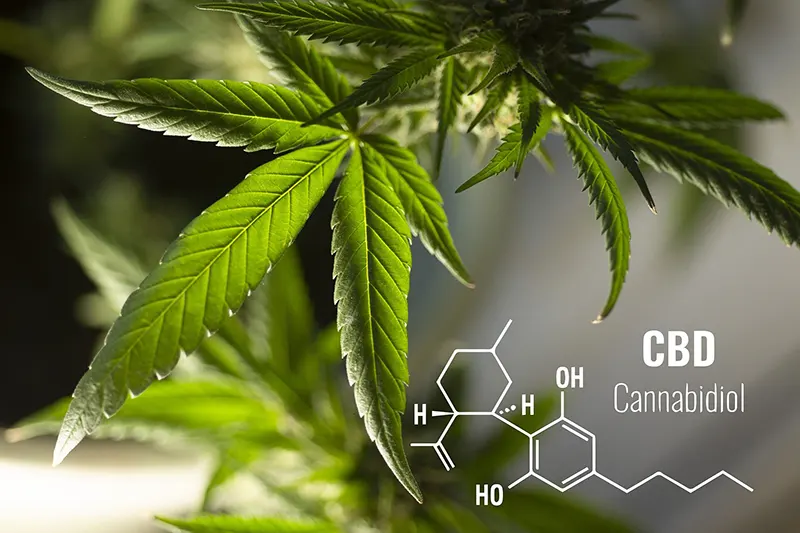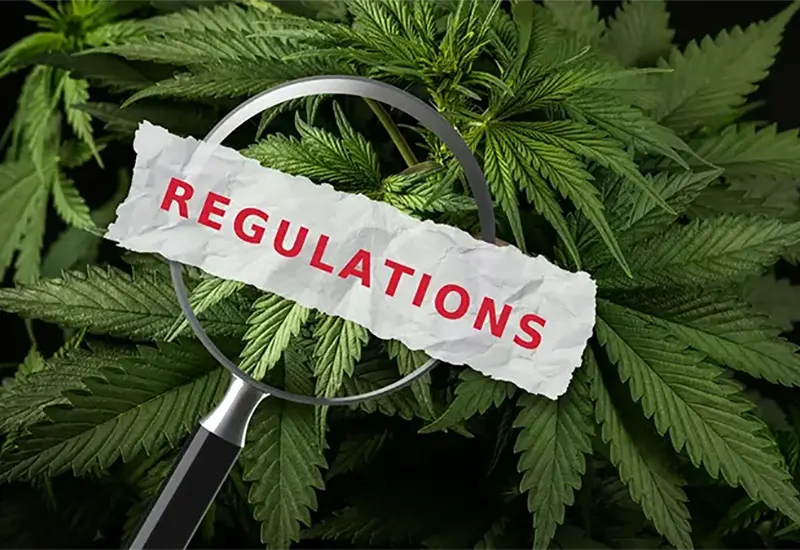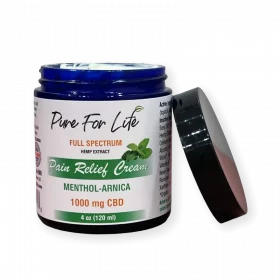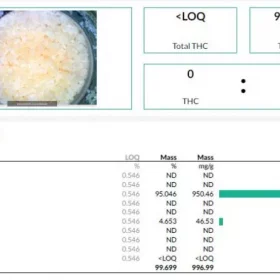Synthetic cannabinoids have emerged as a subject of intrigue and scrutiny, prompting comparisons with their natural counterparts found in cannabis. Understanding the nuances of synthetic cannabinoids and how they stack up against natural cannabinoids is essential for navigating the complexities of their effects, risks, and legal implications.
Unraveling the World of Synthetic Cannabinoids
Synthetic cannabinoids, such as JWH-018 and its derivatives, are human-made compounds designed to mimic the effects of natural cannabinoids like THC and CBD. While they share a common goal of interacting with the endocannabinoid system in the brain, synthetic cannabinoids differ in their chemical composition, potency, and physiological effects.
Chemical Variability

Potency and Duration
One of the most significant distinctions between synthetic and natural cannabinoids lies in their potency and duration of effects. Synthetic cannabinoids often elicit more potent and long-lasting psychoactive effects compared to THC, the primary psychoactive component of cannabis. This heightened potency poses unique risks to users, particularly those unfamiliar with the compound’s potency and dosage.
Comparative Analysis with Natural Cannabinoids
Chemical Composition
Natural cannabinoids, such as THC and CBD, are derived directly from the cannabis plant and share structural similarities with endogenous cannabinoids produced by the human body. In contrast, synthetic cannabinoids are entirely man-made and vary in structure and composition from their natural counterparts. This difference in chemical composition accounts for variations in their effects and physiological responses.
Binding Affinity and Receptor Activation
Both synthetic and natural cannabinoids interact with cannabinoid receptors in the brain, namely CB1 and CB2 receptors. However, synthetic cannabinoids may exhibit different binding affinities and activation patterns compared to natural cannabinoids. This variability in receptor interaction contributes to differences in their psychoactive effects and physiological responses.
Psychoactive Effects
While synthetic cannabinoids aim to replicate the psychoactive effects of natural cannabinoids, they may produce distinct and often unpredictable effects in users. Synthetic cannabinoids, with their heightened potency and variability in chemical composition, may elicit more intense and prolonged psychoactive effects compared to natural cannabinoids like THC. This difference in psychoactivity underscores the need for caution and awareness when consuming synthetic cannabinoids.
Health Risks and Concerns
The risks associated with synthetic cannabinoids extend beyond their psychoactive effects to encompass potential health hazards and adverse reactions. Long-term use of synthetic cannabinoids has been linked to various health problems, including cardiovascular issues, mental health disorders, and even fatalities. In contrast, natural cannabinoids derived from cannabis have a longer history of human consumption and may carry fewer risks when used responsibly.
Navigating Legal and Regulatory Challenges

Regulatory Responses
Efforts to regulate synthetic cannabinoids are complicated by their constantly evolving nature and the proliferation of new compounds on the market. Regulatory responses vary across jurisdictions, with some countries implementing temporary bans or scheduling certain compounds as controlled substances. However, the effectiveness of these measures in curbing synthetic cannabinoid use remains uncertain, highlighting the need for coordinated international efforts and evidence-based policies.
Conclusion
Synthetic cannabinoids represent a complex and evolving landscape of human-made compounds designed to mimic the effects of natural cannabinoids found in cannabis. While they share similarities in their interactions with the endocannabinoid system, synthetic cannabinoids differ significantly from their natural counterparts in chemical composition, potency, and physiological effects. Understanding these differences is essential for navigating the risks and implications associated with synthetic cannabinoid use and implementing effective harm reduction strategies.
FAQs
How do synthetic cannabinoids compare to natural cannabinoids in terms of potency?
Synthetic cannabinoids are often more potent than natural cannabinoids like THC, leading to more intense and prolonged psychoactive effects.
What are the main health risks associated with synthetic cannabinoids compared to natural cannabinoids?
Synthetic cannabinoids have been linked to various health problems, including cardiovascular issues, mental health disorders, and even fatalities, whereas natural cannabinoids may carry fewer risks when used responsibly.
Are synthetic cannabinoids legal?
The legal status of synthetic cannabinoids varies across jurisdictions, with some compounds banned due to their high abuse potential and lack of medicinal use.
How do synthetic cannabinoids interact with cannabinoid receptors compared to natural cannabinoids?
While both synthetic and natural cannabinoids interact with cannabinoid receptors in the brain, synthetic cannabinoids may exhibit different binding affinities and activation patterns, leading to differences in their psychoactive effects.
What regulatory challenges exist in controlling the use of synthetic cannabinoids?
Regulatory challenges include the rapid emergence of new compounds, enforcement difficulties, and regulatory loopholes exploited by manufacturers to evade scrutiny and accountability.










